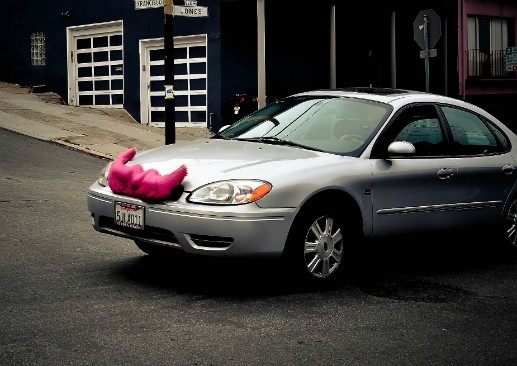
Covering the gig economy after Prop 22
The past few years have seen the incredible growth of companies like Uber and Lyft. The foundation of these companies are gig workers. The gig

The past few years have seen the incredible growth of companies like Uber and Lyft. The foundation of these companies are gig workers. The gig

Assembly Bill 5 (AB5) went into effect in California on January 1 amid much controversy. The bill was designed to combat worker misclassification and provide

Unicorns—startups with at least a $1 billion valuation—used to be as rare in business as they were in fairy tales. No more. According to market

By now, most of your readers have heard of ridesharing startups like Uber and Lyft. They may also be familiar with the regulatory battles transportation

In many cities, companies like Waymo and Uber have been testing driverless cars for years. In March, an autonomous vehicle operated by Uber struck and killed

Technology has made it easier for workers to connect with side jobs and projects in the digital marketplace where employees and customers can request services on demand.

There’s plenty of coverage on the gig economy: good, bad, “disruptive.” But at the center of the gig economy is the shifting way the American

Intuit, the producer of business-management software, is predicting that the U.S. population of on-demand employees will more than double by 2020. What are on-demand employees? Forbes

A new report by the National League of Cities (NCL) found that 71 percent of city officials surveyed support the growth of the sharing economy,

Zipcar, Uber, Airbnb. These names are familiar to savvy consumers, but city officials have been slow to catch on to the sharing economy trend. Now,
Two Minute Tips
Every Tuesday we send out a quick-read email with tips for business journalism. Sign up now and get one Tuesday.
